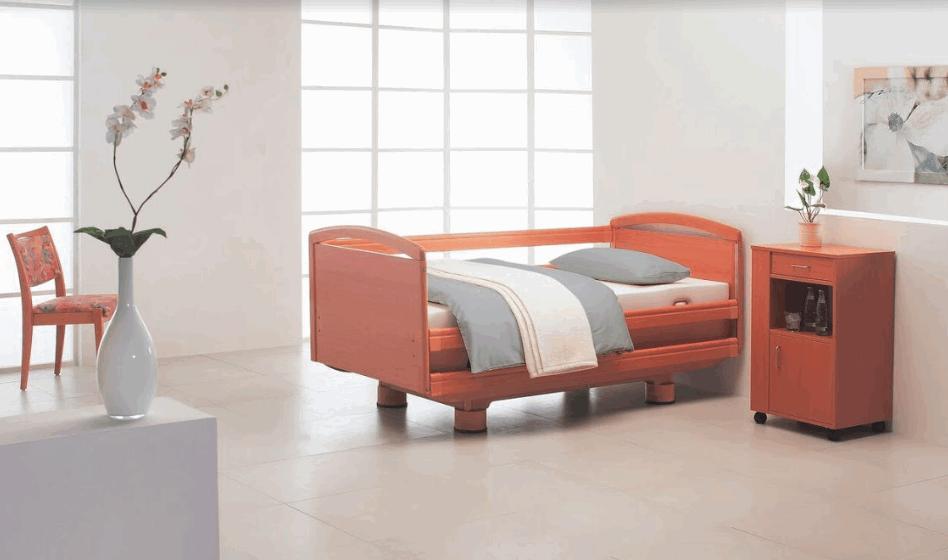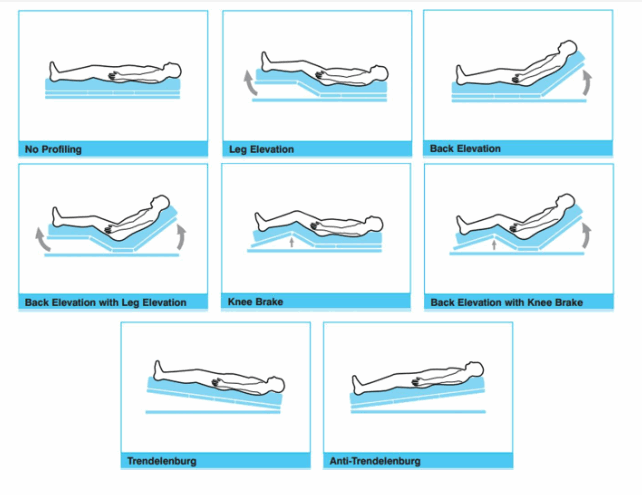Free delivery on orders over £50, only £4.95 under £50
Free delivery on orders over £50, only £4.95 under £50
Welcome to our blog, your one-stop resource for news, features and resources for living life to the fullest. View our articles on the latest mobility products and features with disability bloggers.
Posted by Mike Phipps on December 10, 2018

This article was updated on 22/04/2024.
A profiling bed is used for anyone who may need some extra support when sleeping or spending long periods of time in bed. The right profiling bed can provide much-needed comfort and support for someone with a health condition or disability.
As we spend a lot of our time in bed, the place where we restore energy and rest, it is important to have a bed which suits your needs. A profiling bed is an excellent option for anyone who may need some extra support when sleeping or spending long periods of time in bed. A profiling bed is a fancy word for a bed that is split into sections which can be either manually or electronically moved and adjusted to suit the user's needs. There are many different shapes and styles of profiling bed and it is important to understand which type would benefit the user before buying.
See our image guide below for visuals on the types of profiling bed.

Make a list of the user requirements - if you are unsure, ask for professional advice from a GP or OT to see what they would recommend the bed would need to do so you know it will definitely benefit the user and not disadvantage them.
Choose the appropriate size/weight capacity - There are four sizes of profiling bed to choose from (in the Casa bed range) :
Other accessories & parts - additional parts may be required to benefit the user such as side rails, handsets and poles. Don’t forget to consider the design of the bed if you are concerned about it fitting in with bedroom décor or not wanting it to look ‘clinical’. Many profiling beds now come in modern wooden designs with a choice of mesh metal or wooden slats.
Price, Warranty & Maintenance - it’s important to check out all the details when investing in a specialist piece of furniture. You want to know that it is going to work for the user and what to do if it becomes faulty or you need a spare part. Prices will be competitive from company to company and will often depend on the quality of the manufacturer of the beds, so do your research on different brands before committing. Ensure the bed you have chosen has a good warranty guarantee with the manufacturer and check exactly what it covers (often this is just bed parts and not the frame). Check that the bed is covered for repair if it fails within the warranty time.
Browse our entire bedroom aids and accessories range.

Kate Makin qualified as an occupational therapist (OT) in 2001 with a BSc (Hons) in Occupational Therapy. She is a member of the Royal College of Occupational Therapists (RCOT).
As a registered occupational therapist (OT), Kate is a science degree-based, health and social care professional, taking a “whole person” approach to both physical and mental health and wellbeing. This enables individuals, of all ages, to achieve their full potential and lead as independent life as possible.
Click here for Kate’s registration with the Health and Care Professions Council.
Throughout her career, Kate has worked in many different clinical settings, in both the public and private sector. Kate has been running her own independent occupational therapist business since 2009. She is passionate about disability aids and adaptations, with a specialist interest in postural management and seating.
As Ability Superstore’s resident OT, Kate is on hand to offer professional advice and answer any queries.